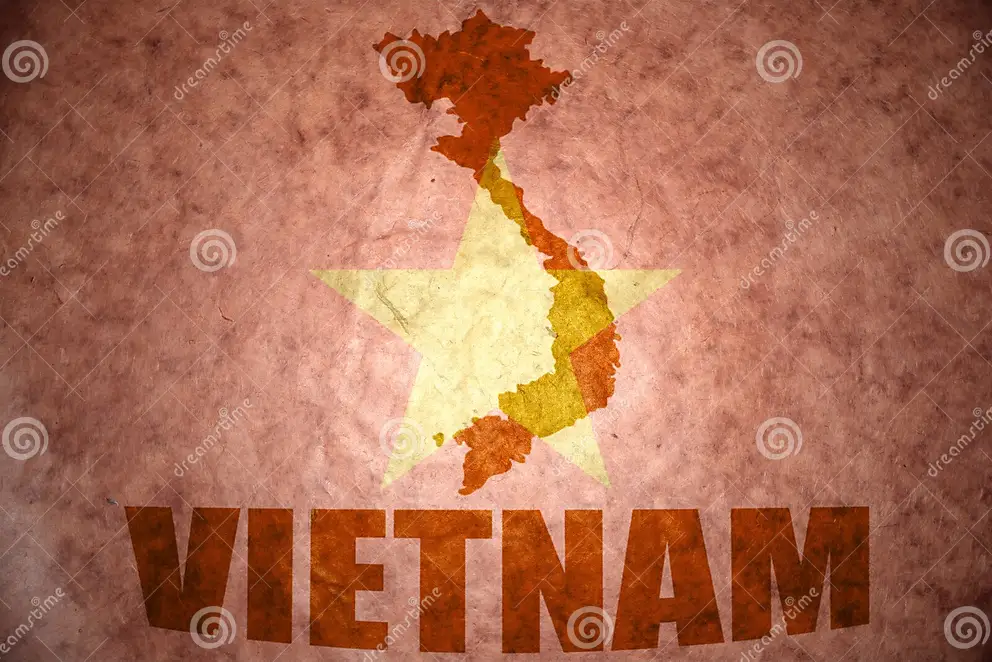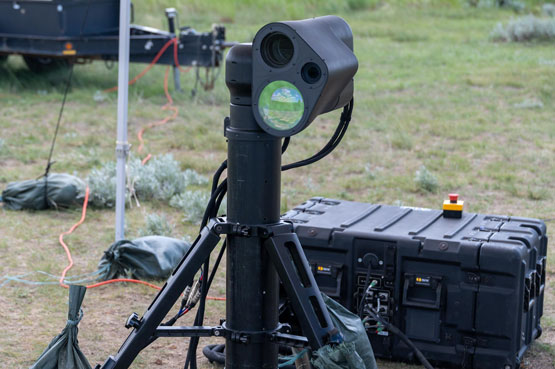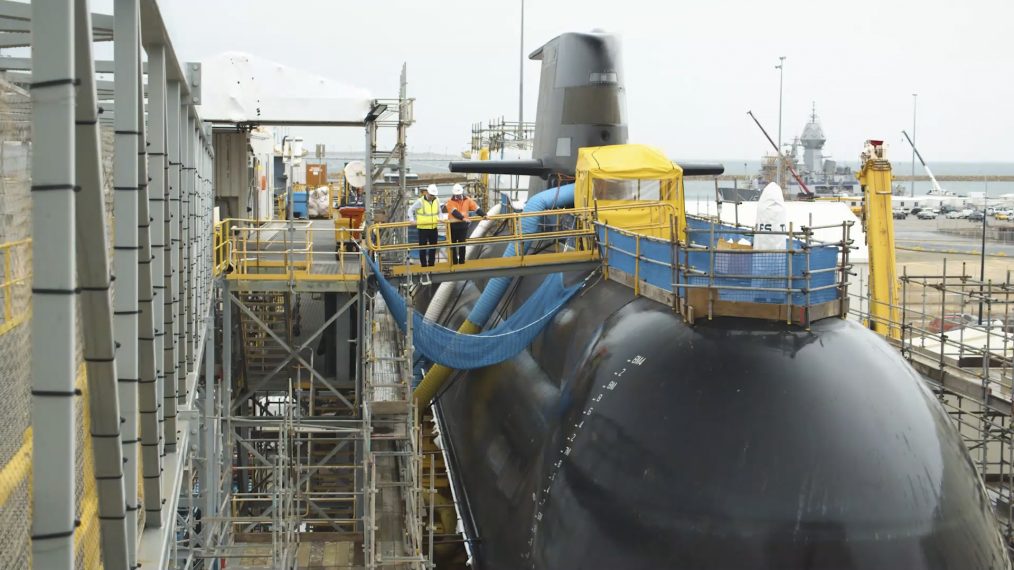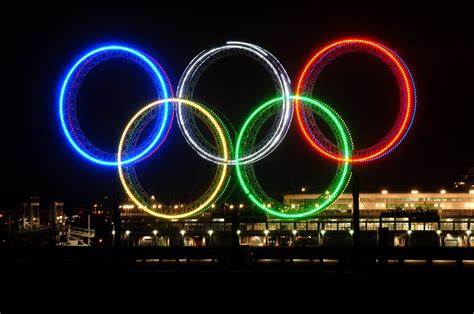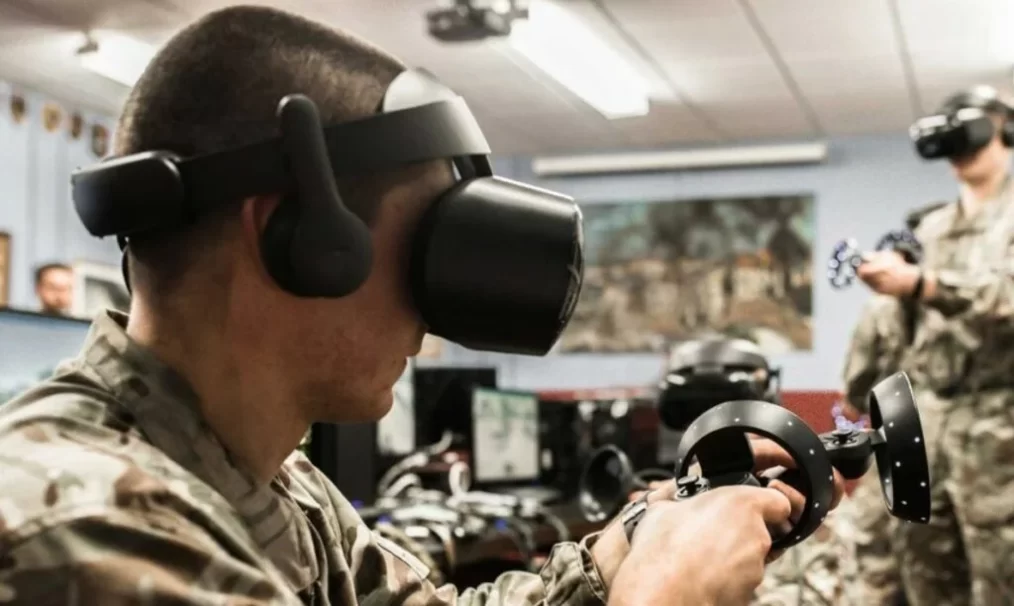CLICK LINK to view these fascinating facts about our world.
Summary of ABC News Story
The Albanese Australian government has detailed its plan to compensate the families of individuals who were found to have been unlawfully killed or abused by Australian special forces in Afghanistan. This move comes in response to one of the key recommendations from the 2020 Brereton report, which found “credible information” suggesting that Australian Defence Force (ADF) personnel were involved in serious crimes, including the “murder” of 39 prisoners and civilians between 2005 and 2016.
In regulations quietly published on Thursday, a new Afghanistan Inquiry Compensation Advocate will be responsible for assessing claims referred by the Chief of the Defence Force (CDF), Admiral David Johnston. The criteria for these claims include that the claimant must be “reasonably likely” to be a victim of assault or property damage, or a family member of someone unlawfully killed. Additionally, the claimant must not be a member of a terrorist organization.
Once the claim is considered, the Advocate will report their recommendation to Admiral Johnston. The final decision, however, lies with the CDF. Should Admiral Johnston’s decision differ from the Advocate’s recommendation, he is required to inform Defence Minister Richard Marles with at least 15 days’ notice.
The identity of the Advocate has not yet been announced, but the regulations specify that they will be appointed by Mr. Marles on a part-time basis. A spokesperson for the Defence Minister emphasized the government’s commitment to fully implementing the Brereton report’s recommendations, including establishing a compensation pathway.
Opposition Home Affairs spokesman James Paterson is awaiting further government briefings, while Greens Defence spokesman David Shoebridge expressed concern over the CDF’s authority to overrule the Advocate’s advice.
One critical question remains: How can compensation be paid to victims if no soldier has been found guilty of any war crimes? The government’s approach to addressing this paradox will likely be a subject of debate as further announcements regarding the Afghanistan Inquiry report are expected in the coming months.
The primary unspoken threat is an aggressive China, a topic avoided in official discourse. This avoidance is understandable for now but will soon be unsustainable as the public becomes more informed.
The challenge of dealing with China is reminiscent of past geopolitical threats like Imperial Germany and the Soviet Union. There’s a current need to heed these historical lessons. History will judge whether the warning signs were acted upon or ignored. The current evidence suggests that a war with China is a credible prospect, making decision-making critical.
An Indo-Pacific war would be one of the most anticipated strategic events, yet operational or tactical surprise attacks cannot be discounted, as shown by Israel’s surprise by Hamas in October 2023. Calls to enhance warning capabilities are sensible, as indicators and warning (I&W) systems should monitor signs of China’s military readiness and other preparatory moves.
Historically, surprise attacks like Pearl Harbor and the Cuban Missile Crisis have shown the importance of robust warning systems. The intelligence process is inherently probabilistic, and while predicting war remains complex, improvements in data analysis and AI could enhance predictive capabilities. Despite these advances, uncertainty will always remain.
Policymakers need to consider the probabilities seriously. The historical assumption that economic interdependence prevents war is flawed. War often results from calculated risks by aggressive powers, not accidental missteps.
In Australia’s intelligence model, assessments should guide policy without being distorted by political convenience. Our political leaders need to integrate intelligence with their strategic vision, preparing for potential conflicts based on informed conjecture rather than certainties.
Given China’s strategic ambitions and the volatile geopolitical landscape, Australia’s leaders must weigh intelligence assessments carefully. Diplomatic efforts should continue alongside military preparedness to navigate the risks of confrontation with China. Ensuring that public discourse includes independent strategic assessments could help inform and prepare our nation for potential future conflicts.
Frontline Opinion
NUDITY: I was driving with my three young children one warm summer evening when a woman in the convertible ahead of us stood up and waved. She was stark naked! As I was reeling from the shock, I heard my 5-year-old shout from the back seat, ‘Mom, that lady isn’t wearing a seat belt!’
OPINIONS: On the first day of school, a first grader handed his teacher a note from his mother. The note read, ‘The opinions expressed by this child are not necessarily those of his parents ..’
KETCHUP: A woman was trying hard to get the ketchup out of the jar… During her struggle the phone rang so she asked her 4-year-old daughter to answer the phone… ‘Mommy can’t come to the phone to talk to you right now She’s hitting the bottle.
MORE NUDITY: A little boy got lost at the YMCA and found himself in the women’s locker room. When he was spotted, the room burst into shrieks, with ladies grabbing towels and running for cover. The little boy watched in amazement and then asked, ‘What’s the matter, haven’t you ever seen a little boy before?’
POLICE # 1: While taking a routine vandalism report at an elementary school, I was interrupted by a little girl about 6 years old. Looking up and down at my uniform, she asked, ‘Are you a cop? Yes,’ I answered and continued writing the report. My mother said if I ever needed help, I should ask the police. Is that right?’ ‘Yes, that’s right,’ I told her. ‘Well, then,’ she said as she extended her foot toward me, ‘would you please tie my shoe?’
POLICE #2: It was the end of the day when I parked my police van in front of the station. As I gathered my equipment, my K-9 partner, Jake, was barking, and I saw a little boy staring in at me. ‘Is that a dog you got back there?’ he asked. ‘It sure is,’ I replied. Puzzled, the boy looked at me and then towards the back of the van. Finally, he said, ‘What’d he do?
ELDERLY: While working for an organization that delivers lunches to elderly shut-ins, I used to take my 4-year-old daughter on my afternoon rounds. She was unfailingly intrigued by the various appliances of old age, particularly the canes, walkers and wheelchairs. One day I found her staring at a pair of false teeth soaking in a glass. As I braced myself for the inevitable barrage of questions, she merely turned and whispered, ‘The tooth fairy will never believe this!’
DRESS-UP: A little girl was watching her parents dress for a party. When she saw her dad donning his tuxedo, she warned, ‘Daddy, you shouldn’t wear that suit.’ ‘And why not, darling?’ ‘You know that it always gives you a headache the next morning.’
DEATH: While walking along the sidewalk in front of his church, our minister heard the intoning of a prayer that nearly made his collar wilt. Apparently, his 5-year-old son and his playmates had found a dead robin. Feeling that proper burial should be performed, they had secured a small box and cotton batting, then dug a hole and made ready for the disposal of the deceased. The minister’s son was chosen to say the appropriate prayers and with sonorous dignity intoned his version of what he thought his father always said: ‘Glory be unto the father, and unto the Son, and into the hole he goes.’
SCHOOL: A little girl had just finished her first week of school. ‘I’m just wasting my time,’ she said to her mother. ‘I can’t read, I can’t write, and they won’t let me talk!’
BIBLE: A little boy opened the big family Bible. He was fascinated as he fingered through the old pages. Suddenly, something fell out of the Bible. He picked up the object and looked at it. What he saw was an old leaf that had been pressed in between the pages. ‘Mama, look what I found,’ the boy called out. ‘What have you got there, dear?’ With astonishment in the young boy’s voice, he answered, ‘I think it’s Adam’s underwear!’
In the summer of 1969 Australian army forces saw themselves fighting house to house in an urban setting for the first time. This is the story of Aussies In Vietnam: The Battle at Binh Ba – 1969. The Battle of Binh Ba (6 June 1969 to 8 June 1969) would be fought in the village and nearby hamlets of Duc My and Duc Trung, as well as in the surrounding rubber plantations. Fierce house to house fighting and hand to hand combat, exceptionally led by the top Australian army commanders at the time won the Aussies a decisive victory losing only one soldier. Using archival photos and videos, custom map animations, historical maps, and charts, we explore some of the most amazing and lesser known strategic and tactical missions in history.
Banks, social media platforms, and telecommunications companies will soon be financially accountable for scam-related losses incurred by consumers under new government regulations.
Assistant Treasurer Stephen Jones announced at the National Press Club on July 31 that codes enforcing stricter obligations on these stakeholders will be implemented. “If they drop the ball and a victim loses money, they’ll be liable to compensate the victim,” Jones said. Liability may be shared among multiple businesses involved.
The government is investing over $67 million this year in combating scams, with the centrepiece being a scams code framework and new mandatory industry codes. These codes will require banks to strengthen controls around bank transfers, and to report and respond to scams. Telecommunications companies must block known scammers and share intelligence, while social media platforms need to implement stronger anti-scam measures.
Jones emphasized the need for real-time intelligence sharing among stakeholders to prevent scams. He criticized social media platforms for allowing scams to proliferate, noting that scam losses from these platforms increased by 17% in 2023.
The Australian Banking Association (ABA) has questioned whether banks should be solely responsible for compensating customers for scams originating from other sources. ABA’s CEO Anna Bligh called for a systemic approach to break the scamming chain, noting that scams often start on phones, laptops, or through SMS or search engines.
Canada has become the fifth NATO country to test above-the-horizon lasers for countering drone threats without a geographic backdrop. From May 27 to June 21, 2024, Boeing and AIM Defence successfully conducted these tests during the IDEaS program’s CUAS Sandbox at DRDC’s Suffield Research Centre.
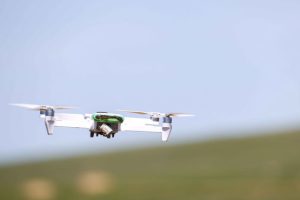 Careful coordination with air traffic, space operations, and the International Space Station ensured the safety of the tests. The National Defence Laser Safety Office played a key role by defining safety templates and establishing a coordination process with the 3rd Canadian Space Division and the U.S. Space Force.
Careful coordination with air traffic, space operations, and the International Space Station ensured the safety of the tests. The National Defence Laser Safety Office played a key role by defining safety templates and establishing a coordination process with the 3rd Canadian Space Division and the U.S. Space Force.
Matt Ceh, a defence scientist at DRDC Suffield Research Centre, highlighted that lasers offer a cost-effective, expedient way to counter drones with minimal collateral damage compared to guns. He emphasized the importance of research trials for providing science-based advice to the Department of National Defence and Canadian Armed Forces.
The Sandbox aimed to advance counter-drone technologies in response to evolving drone threats. Innovators received unique testing facilities and feedback from military experts, helping them develop their technologies to meet the real-world needs of the CAF.
DRDC Suffield has hosted three IDEaS Sandboxes in 2019, 2022, and 2024, providing a vast experimental proving ground for iterative testing and demonstration. The most recent Sandbox featured 15 innovators from five countries testing counter-drone technologies and receiving feedback from experts, including the CAF, US Department of Defence, and RCMP.
A Collins Class submarine at Henderson Marine Complex, Western Australia. (Australian DoD)
US Naval Warfare post
Australia has made a significant commitment to the longevity of its Collins-class submarines, pledging at least AUD 2.2 billion (USD 1.44 billion) for sustainment work. A government statement released on July 27 details that this funding is part of a broader AUD 4 to 5 billion commitment to maintain the Collins-class as a potent strike and deterrence capability.
The Defence Ministry has faced challenges in determining the extent of work needed to keep the Collins-class operational until the expected arrival of American-built Virginia-class submarines in the 2030s. Originally planned for retirement by 2026, the Collins boats’ operational life has been extended due to the AUKUS agreement, which has raised concerns about a potential capability gap. U.S. Defence Secretary Lloyd Austin has pledged to ensure America helps plug any gap.
With the government’s total commitment of AUD 4 to 5 billion for the Collins program, after allocating AUD 2.2 billion for sustainment, approximately AUD 1.8 to 2.8 billion remains for further life extension efforts. This is less than previously anticipated, as the Labor Party government of Anthony Albanese has decided to drop several expensive upgrades. A June statement noted that the Collins submarines would not be fitted with Tomahawk cruise missiles or an optronics electro-optical mast.
The four-year contract for this work has been awarded to ASC Pty Ltd, a government-owned company established to build the Collins-class. Work on HMAS Farncomb, the first Collins submarine to be rebuilt, is scheduled to begin in 2026.
The announcement also highlights the importance of preserving a skilled workforce capable of working on the future SSN AUKUS submarines once Australia starts building its own nuclear-powered boats. “This new contract further ensures these workers have certainty in Australia’s national naval shipbuilding and sustainment enterprise and helps to grow the workforce required to build and sustain Australia’s future nuclear-powered submarines,” stated Finance Minister Sen. Katy Gallagher.
Italian boxer Angela Carini withdrew from her Olympic bout against Algeria’s Imane Khelif after 46 seconds and two blows to the head, leaving her with a busted nose. The match drew worldwide attention as Khelif had previously failed gender eligibility tests but was allowed to compete.
The North Paris Arena was packed with media eager to witness the controversial bout. Carini raised her glove to pause the fight due to a dislodged headgear after a powerful hit from Khelif. Moments later, she yelled, “Non e giusto, non e giusto” (“It’s not fair, it’s not fair”), and withdrew from the match.
Carini refused to shake Khelif’s hand and later cited concerns for her health, echoing fears from Australian boxing captain Caitlin Parker about the risks posed by previously disqualified athletes. Carini’s coach, Emanuele Renzini, mentioned that Carini was advised not to fight Khelif due to safety concerns. Carini denied her withdrawal was a protest against Khelif’s inclusion, stating it was unfair that her Olympic dream ended this way.
Khelif, aiming for gold, briefly spoke to the BBC, expressing her readiness to fight anyone. Carini, emotionally overwhelmed, answered media questions for two hours, remembering her father who passed away during the Tokyo Olympics. Despite the emotional turmoil, Carini viewed her participation as a victory in honour of her father.
Next, Khelif will face Hungarian boxer Anna Luca Hamori, who is undeterred by the controversy, while Australian boxer Marissa Williamson criticized the presence of gender-disqualified athletes, likening it to the consequences of having a disability.
Carini explained her decision to stop the fight, citing severe pain and the need for maturity in such situations.
The Australian Army has acquired an advanced virtual reality (VR) tactical training system from American tech firm Operator XR. Known as the OP-1, this cutting-edge technology allows soldiers to participate in virtual missions using their own specific service weapons and equipment.
Simulations are run from a high-powered tablet, enhancing mobility and ease of use by eliminating the need for external computers. According to Operator XR CEO Wayne Jones, the VR system is a “robust solution” that supports the Australian Army’s urban and close-quarters combat training.
“This partnership with the Australian Defence Force (ADF) represents a defining moment for modern military capabilities,” Jones stated. “The immediate application of this technology within the ADF demonstrates our shared commitment to innovation, readiness, and effective application.”
Additional Features
Operator XR’s compact OP-1 system provides military units with real-time insights and feedback on their responses to various simulated battlefield scenarios. The technology operates completely offline, enabling deployment in locations without internet access. Its compatibility with a wide range of weapons further enhances training realism and effectiveness.
The four-person system is expected to significantly contribute to Canberra’s development of critical military skills, fostering a more prepared and capable armed forces.





